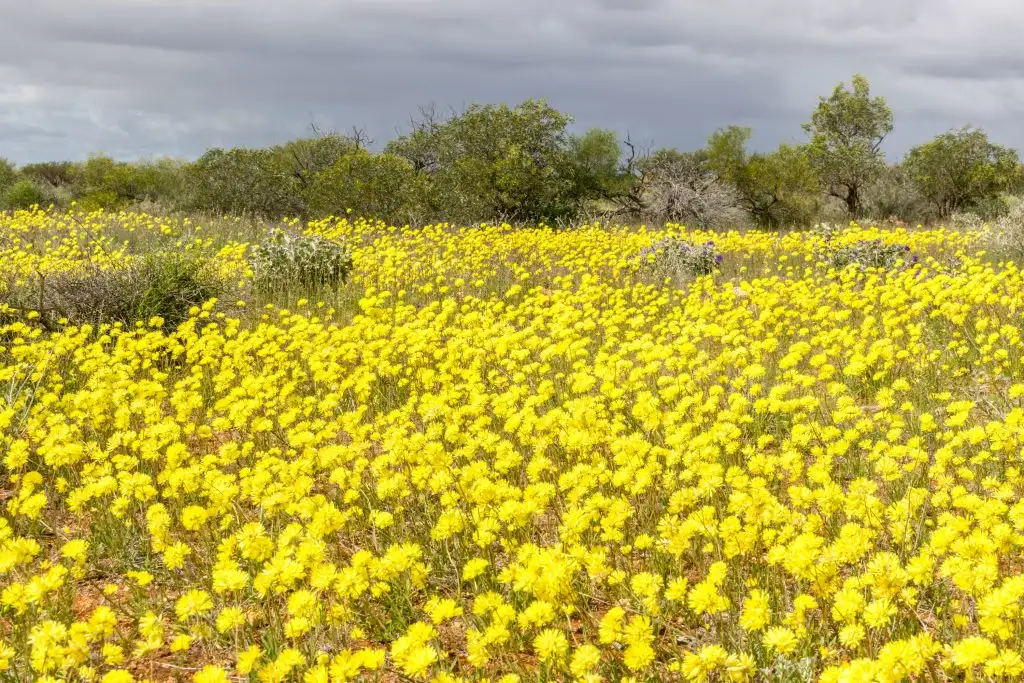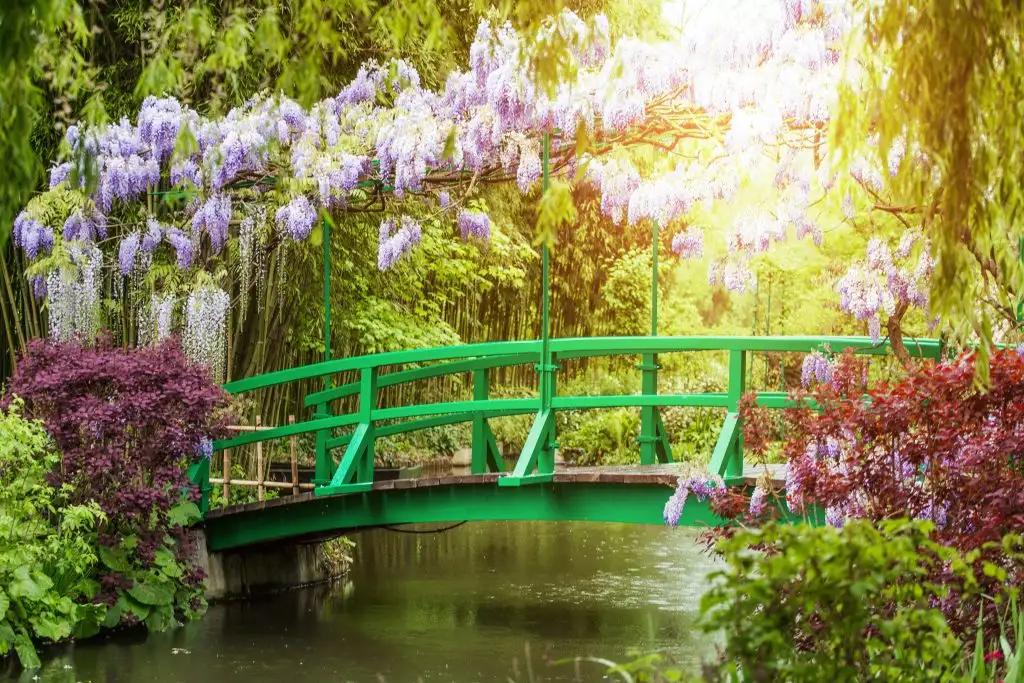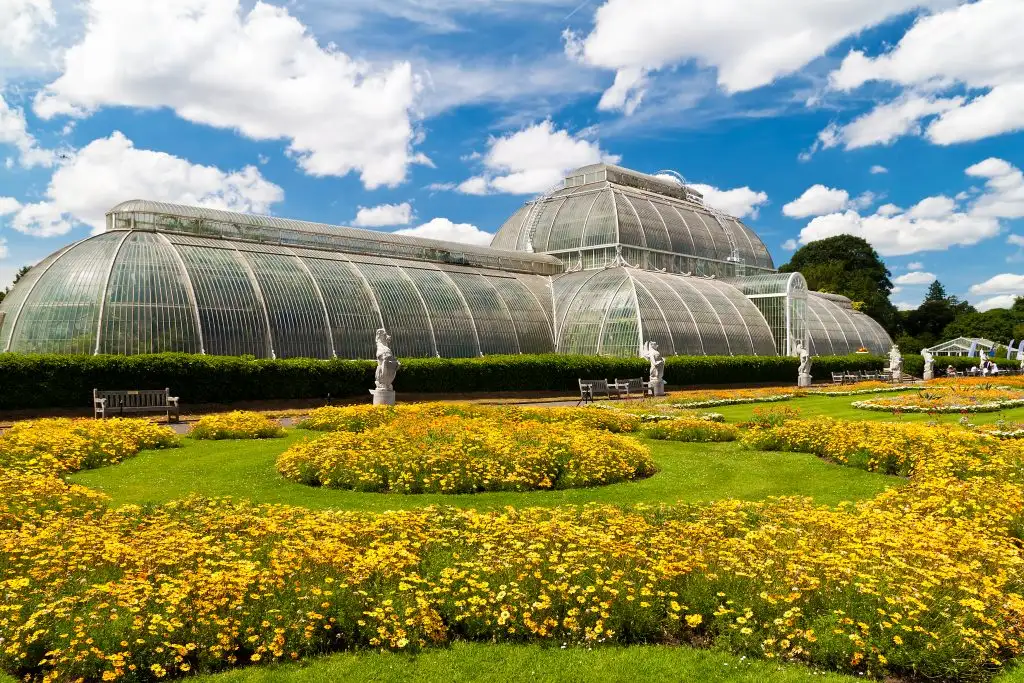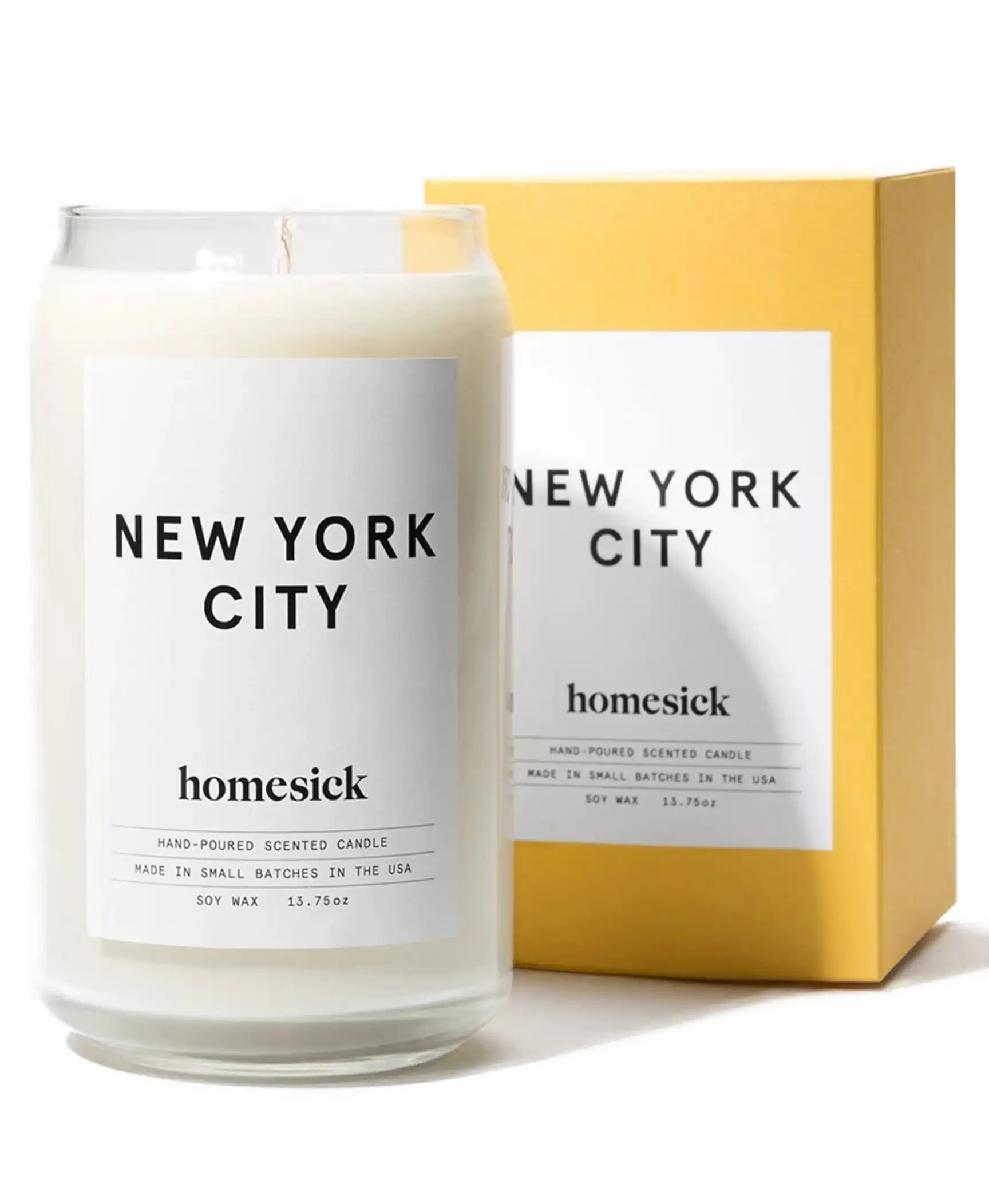You don’t need to be a nature expert to appreciate the seas of colorful flowers that mark the end of winter each year, or to get lost in photos of them. Some of the world’s biggest and best spring flower blooms turn travel-worthy spots like national parks and famous cities into a sea of color.
The World’s Most Whimsical Spring Flower Blooms
Here’s where to look for a breathtaking dose of color in spring, and which ones offer livestreams.
Editor’s note: Due to COVID-19 concerns, the U.S. State Department is encouraging potential visitors to reconsider all travel. Read more here for updates on the situation and information on when it might be safe to travel again to destinations like the ones below.
Mount Fuji, Japan

Every April and May, pink-hued flowers blanket the meadows at the base of Mount Fuji. The Shibazakura Festival marks the occasion, drawing crowds who stroll through the electric-pink fields and snack at the many local food stalls that set up to offer Japanese buns, ramen, soups, and more. During the peak spring flower bloom this is one of the most photogenic places in the world. You can livestream the blooms here.
Death Valley, Southern California

Southern California’s parks are home to many different types of spring flower blooms, and they come to life earlier than most thanks to the region’s warm climate. Death Valley National Park and Anza-Borrego Desert State Park are popular for yellow and purple desert flowers that peek through the cracked desert floor as early as March. The Antelope Valley’s California Poppy Reserve becomes a sea of yellow, orange, and red poppies around April—and can look like a scene straight out of the Wizard of Oz. The small orange variation of poppy happens to be the state flower of California.
The California Parks Department offers a poppy live-stream here.
Keukenhof, Netherlands

If rainbow palettes of tulips don’t come to mind when you think of the Netherlands, it’s time to venture beyond Amsterdam. Spring is a great time to head into the countryside to discover windmill-dotted fields of bright tulips, which often bloom as late as May. The Flower Bulb Region is home to vast tulip farms as well as public gardens like Keukenhof—one of the largest botanical gardens in the world, and home to seven million flowers. You can virtually tour the gardens here.
Western Australia (September)

Take your pick of Western Australia’s incredible array of wildflower trails in September—the southern hemisphere’s spring. Guided or self-driven spring flower bloom tours are available in wildflower-blanketed Perth, along the Coral Coast, and as far north as Pilbara. Options include the Esperance Wildflower Trail, wild orchids south of Perth, and rainbow desert blooms in Broome to the north.
Valley of Flowers National Park, India

India’s Valley of Flowers is both a National Park and a UNESCO World Heritage site thanks to its six miles of alpine flowers and rare, protected wildlife. Nestled between the Himalayas and the sacred Ganges River in Uttarakhand, the valley has 1,000 different species of flowers, including daisies, poppies, rhododendrons, lavender, and more. Hike along its waterways and through pastures blanketed in spring flower blooms—just keep an eye out for Himalayan black bears.
Monet’s House and Gardens, France

Claude Monet’s mesmerizing flowers don’t only exist in paintings. See the lavender and lily pad-filled settings that inspired his works in Giverny, France, where you can visit the Impressionist artist’s house and gardens. The grounds are separated into two main gardens: one around the house that includes an orchard and bulb flowers like daffodils, and an enchanting Japanese water garden across the street.
Texas Hill Country, U.S.

Combine wildflowers with wineries in Texas Hill Country, west of bustling Houston. Spring flower blooms come early to the Lone Star State, so you can get a jump start on summer by heading to Fredericksburg or Brenham to see the region’s famed bluebonnets—which the nearby Bluebonnet Wine Trail is named for. Stop at wineries and spot classic Texan ranches along the way.
Kew Gardens, London, England

Spring flower blooms don’t have to require a trek from the city, especially if you’re in London. The U.K. capital has an abundance of gardens that come to life every spring, and Kew Royal Botanic Gardens is London’s largest UNESCO World Heritage Site. Its 300 acres house 27,000 colorful plants, and are thick with tulips, poppies, peonies, and cherry blossoms each spring. The gardens even offer online educational horticulture courses so you can learn to identify species of plants.
Tidal Basin, Washington, D.C.

Washington, D.C.’s Tidal Basin is famously popular in spring for the thousands of cherry trees gifted to the park by the mayor of Tokyo, Japan, over a century ago. The pink and white buds explode into peak bloom all at once in a matter of just a few days, typically in March or April. The National Mall’s live webcam is here.
Share Your Virtual Vacation or Travel Inspiration with Us:
Are you itching to travel? So are we … that’s why we started the #GoLater campaign on social media. We want to see which destinations YOU are dreaming of. Head over to our Instagram channel (@smartertravel) to learn more.
More from SmarterTravel:
- 21 Sites Offering Virtual Tours and Live Streams for Travelers Stuck at Home
- The World’s 11 Best Hot Air Balloon Rides
- 12 Popular Podcasts to Discover Right Now
SmarterTravel’s Shannon McMahon writes about all things travel. Follow her on Twitter and Instagram.
Editor’s note: This story was originally published in 2017. It has been updated to reflect the most current information.
We hand-pick everything we recommend and select items through testing and reviews. Some products are sent to us free of charge with no incentive to offer a favorable review. We offer our unbiased opinions and do not accept compensation to review products. All items are in stock and prices are accurate at the time of publication. If you buy something through our links, we may earn a commission.
Related
Top Fares From
Today's Top Travel Deals
Brought to you by ShermansTravel
Shop and Save with Country Inns...
Patricia Magaña
 Hotel & Lodging Deals
Hotel & Lodging Deals
$229 -- Chicago: Discounted Rates and...
Francesca Miele
 Hotel & Lodging Deals
$229+
Hotel & Lodging Deals
$229+
$188 -- Honolulu: Save on Oceanview...
Abigail Lamay
 Hotel & Lodging Deals
$188+
Hotel & Lodging Deals
$188+









